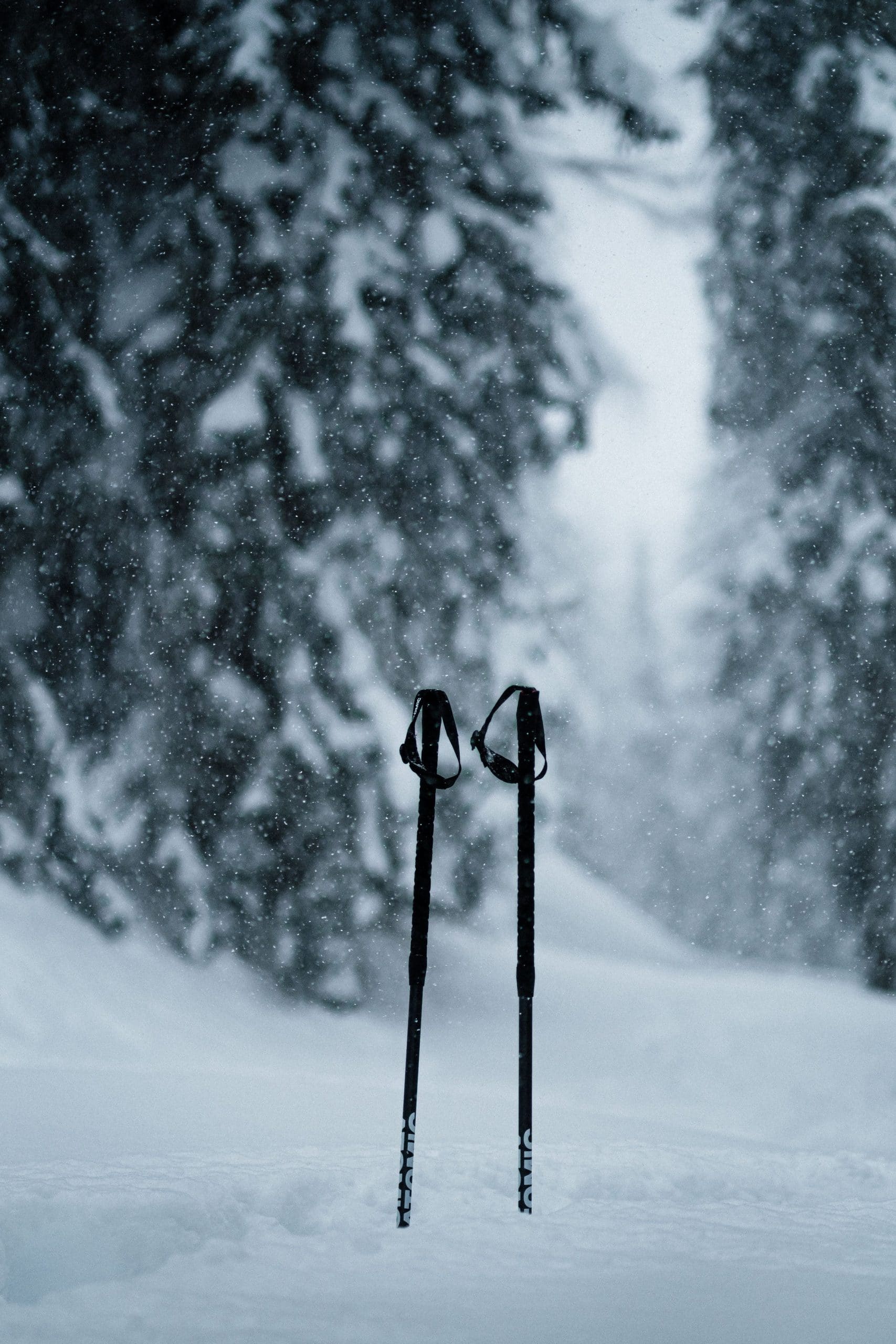In the realm of classical cross-country skiing, the significance of selecting the right equipment cannot be overstated, and among the myriad choices a skier faces, determining the optimal pole length is paramount. While guidelines and rules, such as the widely referenced requirement for competition poles to be no longer than 83% of the skier’s body length (including shoes), provide a valuable starting point, the journey to finding your perfect pole doesn’t end there. This article explores the delicate interplay between official regulations and the equally important realm of personal preference, offering insights to help both competitive and recreational skiers find their ideal match.
The 83% Rule Explained
For competitive skiers, the International Ski Federation (FIS) stipulates that the maximum pole length in classical style skiing cannot exceed 83% of the athlete’s height, shoes included. This rule aims to ensure fairness and safety across competitions, preventing any undue advantage that might come from excessively long poles. However, it’s crucial to recognize that this regulation serves more as a ceiling rather than a one-size-fits-all recommendation.
Personal Preference and Skiing Style
While adherence to competition rules is non-negotiable for racers, it’s the nuanced understanding of one’s skiing style and preferences that often dictates the most suitable pole length. Skiers should consider several factors:
- Technique: Your skiing technique plays a crucial role in determining the ideal pole length. Skiers with a more aggressive, powerful technique may benefit from slightly longer poles within the regulation limit, as they can leverage the extra length for greater propulsion. Conversely, those with a more finesse-based approach might find shorter poles offer better control and maneuverability.
- Terrain: The variety of terrain encountered in classical skiing also influences pole selection. For courses with significant uphill sections, shorter poles might provide better pacing and rhythm, while flatter courses could allow skiers to exploit the glide efficiency of longer poles.
- Physical Strength and Endurance: Skier’s physical attributes, including strength and endurance, should not be overlooked. Longer poles demand more power and can lead to quicker fatigue, which might not suit everyone, especially those focusing on longer distances.
- Comfort and Safety: Ultimately, the comfort and safety that a particular pole length provides to the skier are paramount. Poles that align well with the skier’s natural posture and movement patterns will enhance performance while minimizing the risk of injury.
Finding Your Ideal Pole Length
Embarking on the quest for the perfect pole length is a process of experimentation and personal discovery. Here are a few practical steps to guide you:
- Start with the Guidelines: Use the 83% rule as your baseline, understanding it’s the maximum for competitors but also a useful reference for recreational skiers.
- Consult with Experts: Engage with experienced coaches, fellow skiers, and specialty retailers who can offer personalized advice based on your skiing style and objectives.
- Test Different Lengths: Whenever possible, trial poles of varying lengths in different skiing conditions. Pay attention to how each length affects your technique, comfort, and overall skiing experience.
- Adjust as You Grow: Recognize that your ideal pole length may evolve as your technique, strength, and skiing preferences change. Regular reassessment ensures your equipment continues to complement your development as a skier.
Conclusion
While the 83% rule provides a regulatory benchmark for competitive classical cross-country skiing, the journey to finding your perfect pole length is deeply personal. Balancing the technical constraints with an understanding of your unique skiing style and preferences is key to unlocking your full potential on the snow. Remember, the right pole is an extension of your body on the track, amplifying your strengths and supporting your weaknesses. In the harmonious match of skier and equipment lies the true essence of Nordic skiing—effortless motion through breathtaking winter landscapes.

Leave a Reply